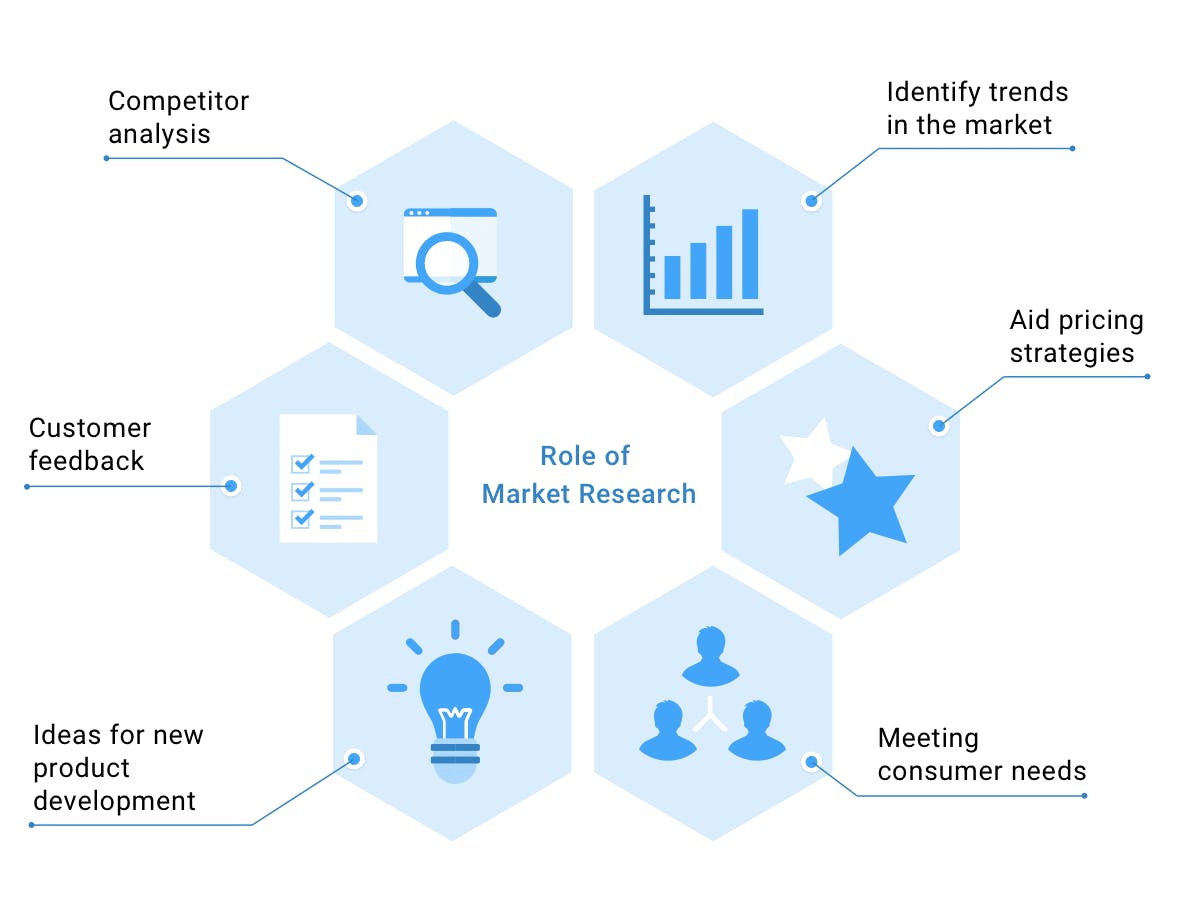
Image Source: Google
Market research competitive analysis is an essential component of any successful business strategy. By understanding the competitive landscape, companies can identify opportunities, mitigate risks, and stay ahead of their rivals.
In today's fast-paced and dynamic business environment, staying up-to-date with the latest trends in market research and competitive analysis is crucial for sustainable growth and profitability. If you are looking for market research competitive analysis, you may contact Industry Informant.
1. Utilization of Big Data
One of the most significant trends in market research competitive analysis is the utilization of big data. With the proliferation of digital technologies and online platforms, companies now have access to vast amounts of data that can provide valuable insights into their competitors' strategies, customer behavior, and market trends. By leveraging big data analytics tools, businesses can uncover hidden patterns, trends, and correlations that can inform their competitive analysis efforts.
Key points:
- Big data allows for real-time monitoring of competitors' activities.
- Advanced analytics tools can help identify emerging trends and opportunities.
- Data visualization techniques make it easier to interpret complex data sets.
2. Artificial Intelligence and Machine Learning
Artificial intelligence (AI) and machine learning are revolutionizing the field of market research competitive analysis. These technologies enable companies to automate data collection, analysis, and reporting processes, saving time and resources while improving the accuracy and reliability of insights. AI-powered tools can also help identify patterns and trends that human analysts may overlook, providing a more comprehensive and nuanced view of the competitive landscape.
Key points:
- AI algorithms can predict competitors' future actions based on historical data.
- Machine learning models can segment competitors into different categories based on behavior and performance.
- Natural language processing allows for sentiment analysis of competitors' online content.
3. Competitive Intelligence Platforms
Another trend in market research competitive analysis is the adoption of competitive intelligence platforms. These software solutions aggregate and analyze data from multiple sources, including social media, news outlets, and industry reports, to provide a comprehensive view of the competitive landscape. Competitive intelligence platforms offer features such as competitor benchmarking, SWOT analysis, and real-time alerts, enabling businesses to make informed decisions and respond quickly to changes in the market.
Key points:
- Competitive intelligence platforms centralize and streamline the competitive analysis process.
- Interactive dashboards and customizable reports enhance data visualization and interpretation.
- Integration with CRM systems allows for seamless tracking of competitor interactions.
4. Focus on Customer Insights
Incorporating customer insights into market research competitive analysis is becoming increasingly important for businesses seeking a competitive edge. By understanding customer preferences, behaviors, and perceptions, companies can identify unmet needs, anticipate market trends, and differentiate themselves from competitors. Customer feedback, surveys, and social media monitoring are valuable sources of data that can provide a deeper understanding of the competitive landscape from a customer-centric perspective.
Key points:
- Customer insights help businesses tailor their competitive strategies to meet customer demands.
- Social listening tools can uncover customer sentiment towards competitors' products and services.
- Customer journey mapping can reveal areas for improvement and differentiation in the market.
5. Emphasis on Ethical and Legal Compliance
As data privacy regulations become increasingly stringent, businesses are placing a greater emphasis on ethical and legal compliance in their market research competitive analysis efforts. It is essential for companies to ensure that they are collecting and using data ethically, transparently, and in compliance with relevant laws and regulations. Adhering to ethical standards not only protects companies from potential legal repercussions but also enhances their reputation and credibility in the market.
Key points:
- Obtaining consent for data collection and usage is crucial to maintaining trust with customers.
- Analytics tools should prioritize data security and protection to safeguard sensitive information.
- Regular audits and assessments of data practices can help ensure compliance with regulations.
